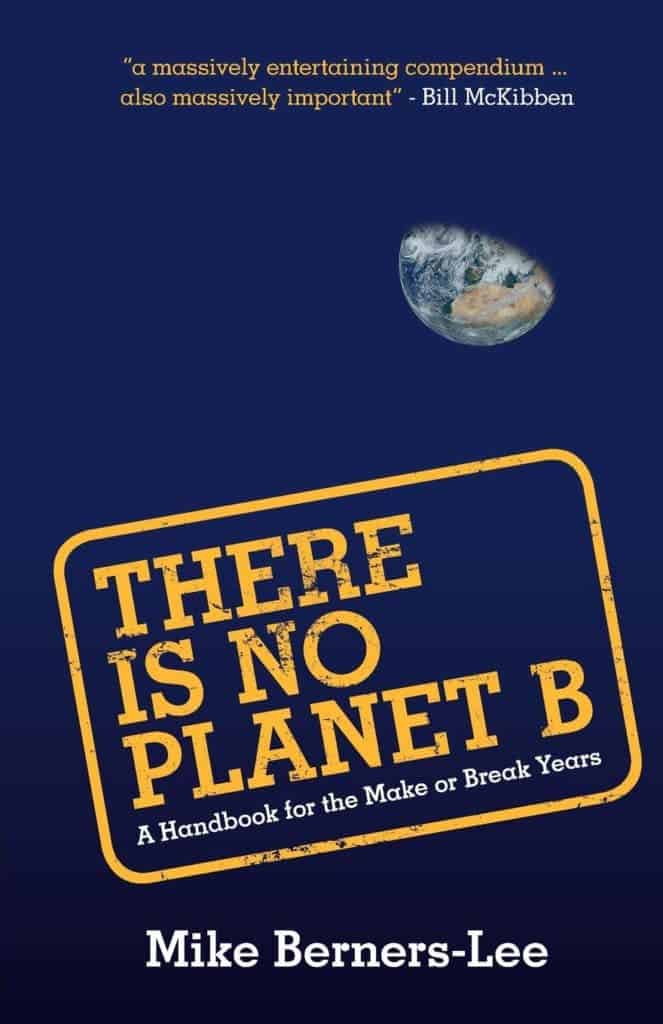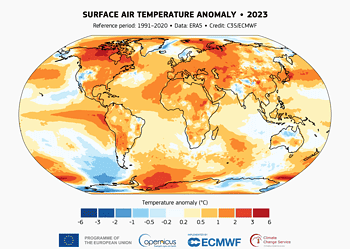There are more humans on Earth than at any other point in history, and on average, humans are living the best life they’ve ever had. With access to unprecedented global food supplies, unrivaled comfort, and the opportunity to travel all around the world, people have never had this type of luxury. But after every party, there’s a bill.
It’s not just because everyone can afford this type of lifestyle, as 3 billion people are struggling in extreme poverty, barely capable of meeting end’s meet. This particular bill is environmental. We are adding an unprecedented environmental burden, whether it’s through our climate-threatening greenhouse gas emissions, our habitat destruction, or our over-usage of resources. For the first time in history, we have to willfully limit our expansion and figure out ways to reduce our impact instead of increasing. Failing to do so will cause a permanent shift to planetary cycles and irremediable environmental damage — at best. At worst, it could bring about our very own species’ destruction.
In his book “There’s no Planet B“, researcher Mike Berners-Lee creates a practical guide for how each and every one of us can play our part in saving the world, ensuring that mankind can live on our planet without destroying it. It starts from the very small scale and builds up to the grand scheme of things, showing how changes, both big and small, are necessary to achieve this goal. Let’s have a look.

Maybe it’s because I was hungry when I first started the book, but I love the fact that it starts off with food. In hindsight, it’s a clever trick: it’s something we can all relate to, but it’s also something many people don’t think about when it comes to reducing environmental impact. Our dietary preferences and habits take a huge toll, and we absolutely need to consider that when it comes to sustainability. It also sets the tone for the rest of the book: here’s something we all do every day, and here’s what a big impact it is having — let’s try and improve it, but let’s be smart about it! The average person consumes around 2,300 calories a day, but as the world grows, in total almost 6,000 calories per day. So why do so many still go hungry?
There is no one single answer to that question. A combination of food that goes unpicked (for various reasons), inefficiencies in the supply chain, and biofuels are all, in part, responsible. The most important reason, however, is meat.
Plants convert about 10% of the solar energy they receive into nutrients, and plant-eaters also convert around 10% of the energy into edible nutrients. In other words, 90% of all the food ingested by a cow or a sheep are wasted. Of course, some of that is useless — we can’t really do anything with grass, for instance — but much of it comes from food humans could consume themselves directly. In total, a whopping 1,740 calories of the global 6,000 produced every day are given to animals. We barely get 10% of those calories in the form of meat and dairy. That’s why one of the most sustainable decisions you can make is to reduce your meat consumption — you don’t have to go full vegetarian unless you want to, just reduce it. Berners-Lee makes a compelling case for eating less meat (especially red meat), while also combating one of the most common myths regarding meat: that you *need* it. Pound per pound, soybeans have more calories and double the protein than beef.
Food can only get us so far, however. If we want to truly transition towards a sustainable society, we have to do much more, and a lot of that has to do with fossil fuels. You can beat around the bush [alalalaal], but no matter how you look at it, it boils down to a very particular point: we need to keep most of the fossil fuel currently in the ground to stay in the ground.
Renewable energy is a vital point, but if we develop renewable technologies while continuing to pump oil from the ground, we’re making things worse instead of better. This problem is well-known in economics, being observed among others, during the 19th-century coal age: the more people had access to high-quality coal, the more they used. Something similar might happen nowadays — add more energy from renewables into the mix and you just have more energy (and more emissions). This might seem counter-intuitive, but it’s something that does happen and must be accounted for if we want to truly transition to a sustainable world. It also hints at another important aspect: this is no easy feat, it’s a complex process which has no silver bullet. Just addressing climate change alone is a huge task, but doing that at the same time as conserving wildlife habitats and ensuring a continuously rising standard of living for humans is a whole different ballgame. It’s a challenge unlike any other mankind has ever faced, and will require a different way of thinking. Can that even happen?
Berners-Lee believes it can, but we all need to play our part. At points, he almost makes it look easy; when it comes to food, just eat less meat. Traveling? Use fewer flights. However, there’s a very important caveat to “There is no Planet B” — it offers an excellent guideline for what we *should* do, but do we really *want* to do that? More often than not, political will has proven to be the most important obstacle to healthy changes in society. We’re seeing that nowadays in the most pressing of ways.
It took decades after anthropogenic climate change science was essentially settled for a worldwide framework to fight climate change was established. The Paris Agreement, while a crucial step, is not overly ambitious, and only includes a “bonus” objective to limit global warming to 1.5 degrees Celsius, although science has shown that it would not only prevent dramatic environmental damage, but also save money and resources in the long run. To make matters even worse, no country on Earth is on track to stick to the Paris Agreement, and the president of the US (the world’s second largest polluter and most influential country on the planet) has announced that he wants to leave the agreement. So while the world is making some progress, it’s not exactly taking strides.
That just won’t cut it.
The solutions are laid down in front of us — whether we choose to actually follow them is a completely different story. It will require a societal change of frame, a lot of work, and pushing politicians into the right direction. Voting for environmentally-conscious politicians (or encouraging existing politicians to follow an environmentally-conscious agenda) is one of the most important things you can do, argues Berners-Lee.
Essentially, this boils down to a matter of values. Values are a fundamental aspect of the transition to a sustainable world, and yet our values are not exactly aligned with what we need to do. Simply put, we don’t really seem to care enough about Planet A to make sure we don’t need a Planet B — but Berners-Lee is optimistic. Maybe just a tad too optimistic if you ask me, but that’s just what we need.
I’ve never had the pleasure of sitting down with Mike Berners-Lee but it seems like he’s someone who at some point, tried to be a cynic but just couldn’t. Whether it’s the dumpster-diving intern that brings him cake that supermarkets are throwing out, the polite yet firm critique of many of today’s environmental policies, or his desire to healthy social values, Berners-Lee seems like a pragmatic optimist — and it’s this attitude that he imbues to his book, too.
“There is no Planet B” is several things. It’s a guideline for citizens, politicians, and companies. It’s a starting framework for everyone who cares about climate change. But most of all, it’s a good book, which I warmly recommend.
In this article, there is a referral link to purchase the book. This means that if you buy the book using that link, ZME Science will receive a very small share of the book price. This does not do anything to sway our review one way or another.






